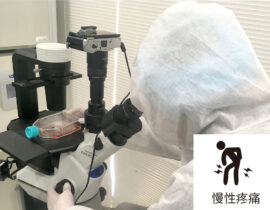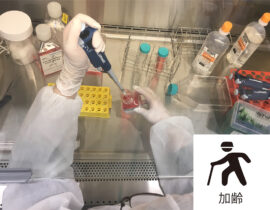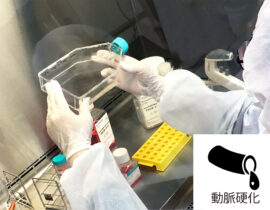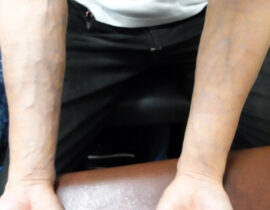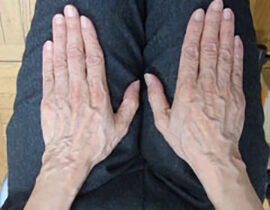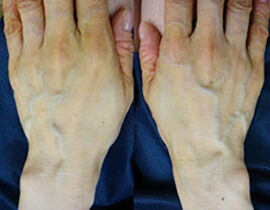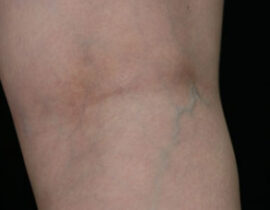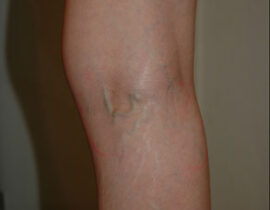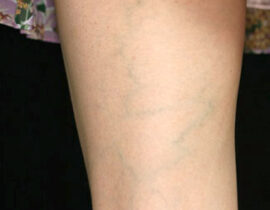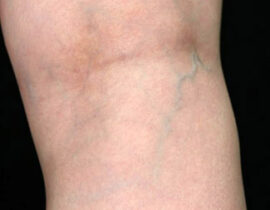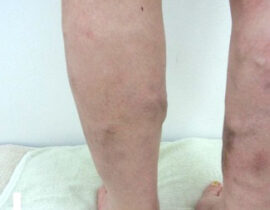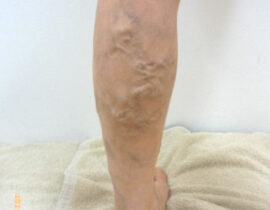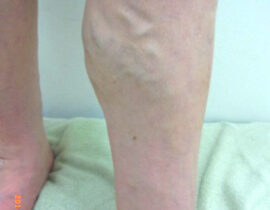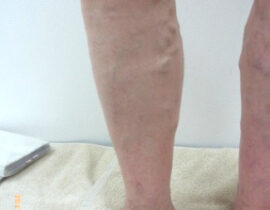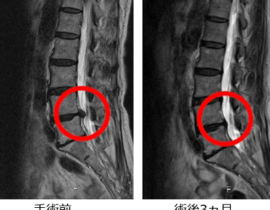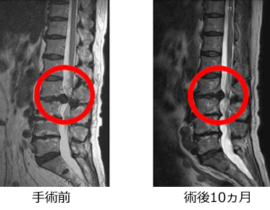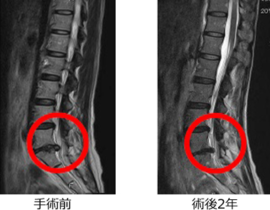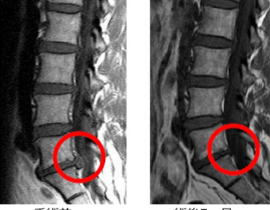- ホーム
- 【for English】Cancer Phototherapy
【for English】Cancer Phototherapy

Contents
What is Cancer Phototherapy (Photoimmunotherapy)?
Cancer phototherapy, also known as photoimmunotherapy, is a minimally invasive treatment that uses special light to destroy cancer cells by irradiating the affected area from the body surface.
First, a photosensitizing agent is administered to the patient either intravenously or locally. This agent selectively accumulates in cancer cells. Once sufficient time has passed for the agent to localize in the cancer tissue, light of a specific wavelength is directed at the cancer site. The light activates the photosensitizer, triggering the production of toxic oxygen species that damage and destroy cancer cells. Repeating this process multiple times can lead to the complete elimination of cancer cells.

Photosensitizers and Vectors (Hybrid Liposomes)
At our clinic, we use photosensitizers such as 5-ALA, ICG (with liposomes), and Talaporfin. Delivery of the photosensitizer to the cancer cells is crucial, and we use liposomes as delivery vectors. Specifically, hybrid liposomes—combinations of liposomes and micelles—offer high selectivity and may even have inherent anti-cancer properties.

Benefits of Phototherapy
In addition to destroying cancer tissue, phototherapy offers several other therapeutic benefits:
- Disruption of Tumor-feeding Blood Vessels
Blocks nutrient and oxygen supply, promoting tumor necrosis. - Oxidative Stress and Inflammation Response
Activates cytokines with anti-tumor effects via radical reactions induced by the photosensitizer. - Abscopal Effect
Activation of systemic immune responses, leading to the destruction of cancer cells throughout the body. This powerful effect is a key reason for the term photoimmunotherapy.
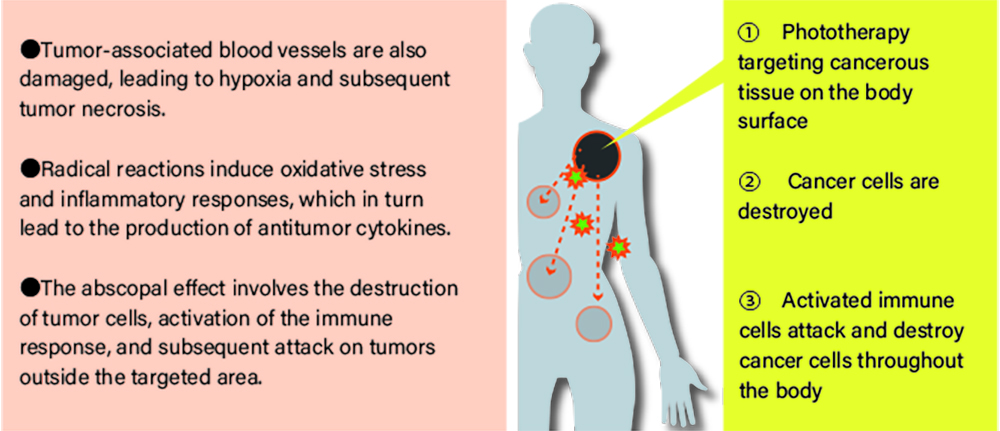
Key Features of Cancer Phototherapy
【1】Minimally Invasive Treatment
No need for surgical incisions or general anesthesia. Depending on the treatment area, mild sedation may be used.
【2】Minimal Damage to Healthy Cells
Phototherapy specifically targets cancer cells, causing little to no harm to surrounding healthy tissues such as skin and nerves.
【3】Immune Activation
In addition to direct tumor destruction, the treatment can stimulate the immune system, potentially reducing cancer cells in other parts of the body.
【4】Outpatient Procedure
Treatment can be performed without hospitalization, allowing patients to maintain their daily routines. However, it is recommended to avoid strong sunlight for about a week after treatment.
【5】Compatible with Other Cancer Treatments
Phototherapy can be used in conjunction with surgery, chemotherapy, or radiation therapy.
Phototherapy at Kita-Aoyama D.CLINIC
- ・Backed by experienced specialists in cancer treatment across various departments
- ・Extensive experience with medical laser equipment used in phototherapy
- ・Capable of integrative treatments combining phototherapy with advanced options like gene therapy for advanced or refractory cancers
- ・Referral and cooperation with specialized cancer hospitals available
Treatment Process
- Initial Consultation
Patient's symptoms and history are reviewed to determine a treatment plan. If treatment is agreed upon, consent forms and blood tests are completed. - Administration of Photosensitizing Agent
・Hybrid liposome + ICG (indocyanine green)
・Administered via IV or local injection (30–60 minutes) - First Irradiation
・Near-infrared light (5W, 30–60 minutes) within 1–2 weeks of agent injection - Subsequent Irradiations
・Near-infrared light (5W, 30–60 minutes), case-by-case up to approximately 5 additional sessions - Evaluation of Treatment Efficacy
Eligibility for Treatment
Patients who can undergo outpatient treatment and whose cancer is accessible by light are eligible:
-
Direct Light Irradiation from Body Surface
Head and neck cancer, breast cancer, chest wall metastases, superficial lymph node metastases, bone metastases (Excludes tumors invading major arteries) - Laser Fiber Insertion Irradiation
Tumors within a few centimeters of the body surface where safe puncture is feasible (Excludes cases involving invasion into arteries or the digestive tract) - Endoscopic Irradiation
Esophageal and gastric cancers (Excludes perforated or penetrated gastrointestinal mucosa)
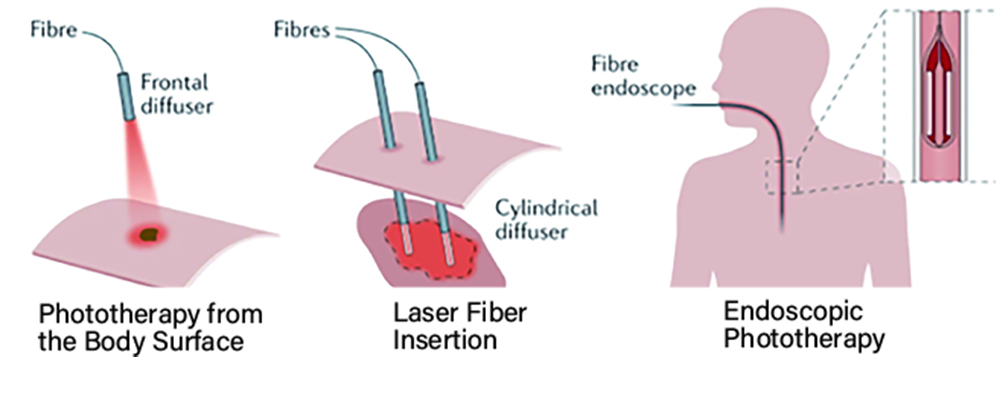
Treatment Costs(Including Drug Use)
- Base Treatment (Hybrid Liposome ICG + 2 irradiations):
¥250,000 (tax included: ¥275,000) - Additional Irradiation (30 minutes within 2 weeks of first dose):
¥30,000 (tax included: ¥33,000)
Possible Complications, Risks, and Side Effects
- • Skin sensitivity to light
- • Swelling and redness
- • Pain at the treatment site
Use of Unapproved Drugs and Disclosure
The drugs used in this treatment are not currently approved under the Japanese Pharmaceuticals and Medical Devices Act. However, physicians in Japan may use such unapproved drugs at their own responsibility.
- Source: Obtained through domestic distributors
- No equivalent approved drugs available in Japan for ICG-liposome therapy
Approved PDT drugs in Japan include:
・Porfimer sodium (approved for early-stage lung, esophageal, gastric, and cervical cancers since 1994)
・Talaporfin sodium (approved for early lung cancer, malignant brain tumors, and residual recurrent esophageal cancer after chemoradiotherapy since 2003)
・Cetuximab sarotalocan sodium (conditionally approved in 2020 for unresectable, locally advanced or recurrent head and neck cancer) - International Approval Status: Not approved in any country; safety data is limited, and major risks may be unknown.
- Adverse Drug Reaction Relief System: This treatment is not covered by Japan’s official relief system for serious drug side effects.
Contact Information
Kita-Aoyama D. Clinic(7-minute walk from Omotesando Station, 5-minute walk from Gaienmae Station)
3-7-10 Jingumae, Shibuya-ku, Tokyo, ARK WISE BLDG.
TEL: 03-5411-3555
(Mon–Sat: 9:30–18:00)

